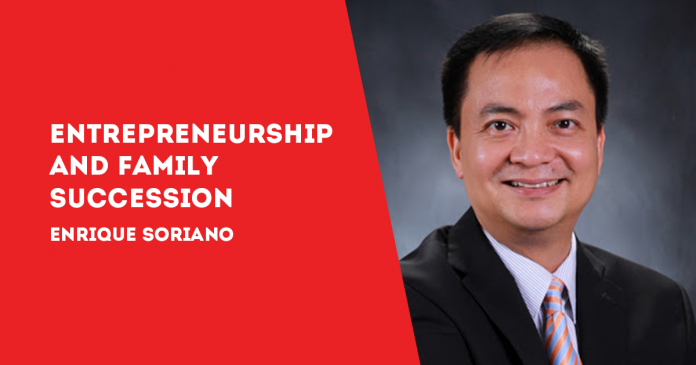
FAMILY-owned businesses are the backbone of many economies, embodying tradition, trust, and a shared vision across generations. However, they also face unique challenges that can threaten their longevity and success.
One of the most effective ways to navigate these challenges is by implementing a family code of conduct and promoting ethical behavior within the business.
Our experience with the B Family serves as a compelling case study on this crucial practice.
Case Study: The B Family Business
The B family runs a successful third-generation real estate and manufacturing company. Despite their strong market presence, internal conflicts and blurred boundaries among family members began to surface in the second generation (siblings).
These issues, largely ignored by the founders (parents), have escalated to the third generation members and threatened the company’s stability and growth. Some siblings sought our help, leading to a comprehensive family assessment and diagnostic plan.
Our Assessment Findings
After three months of assessment, we identified the following challenges in the B family’s governance policies and practices:
* Conflicts of Interest – Family members often prioritized personal interests over the business, leading to disputes and mistrust. For example, one sibling managing the retail business engaged his daughter-in-law’s company to produce regular marketing collaterals at a higher price than other suppliers. Moreover, the in-law was constantly pressuring accounting to prioritize her payment.
* Lack of Clarity – Ambiguities in roles and responsibilities resulted in inefficient decision-making and operational disruptions. In one of our findings, we discovered that the working adult children of another sibling, assigned to manage real estate rentals, were frequently on vacation and only reported to work twice a week, leaving the business in the hands of less competent supervisors.
* Nepotism Concerns – Non-family employees felt demotivated, perceiving favoritism in promotions and rewards. A controversial appointment saw another sibling vigorously push for his son to run to return to the procurement unit despite his prior record of unethical behavior, which included demanding kickbacks from suppliers. The father had long turned a blind eye to his son’s misconduct.
* Succession Issues – Disagreements about leadership succession created tension and uncertainty about the company’s future. The siblings, all in their late 50s and mid-60s, were involved in a power struggle, each presenting themselves as the next successor. This created confusion among employees, suppliers, and creditors. The 87 year old founder expressed fears and distrust regarding his children’s capabilities. The very reason why he continues to hold on to power despite his failing health.
Immediate Solution: Formulate and Implement their Family Code of Conduct
Recognizing these challenges, we recommended the formulation and implementation of a comprehensive family code of conduct. This code included:
* Defining Clear Roles and Responsibilities – Defined job descriptions and responsibilities for each family member involved in the business.
* Conflict Resolution Mechanisms – Established procedures for addressing disputes professionally and fairly.
* Ethical Standards – Outlined principles for ethical behavior, ensuring that business decisions prioritized the company’s best interests over personal gain.
* Succession Planning – Created transparent criteria for leadership transitions based on merit and alignment with the company’s values.
Visible Results
* Enhanced Trust and Cooperation – The code of conduct fostered an environment of transparency and trust, reducing conflicts and improving teamwork.
* Improved Efficiency – With clear roles and responsibilities, decision-making processes became more efficient and effective.
* Increased Morale – Non-family employees felt more valued and motivated, knowing that promotions and rewards were based on merit rather than nepotism.
* Stable Leadership Transition – The succession planning component ensured a smooth transition of leadership, securing the company’s future. (To be continued)/PN







